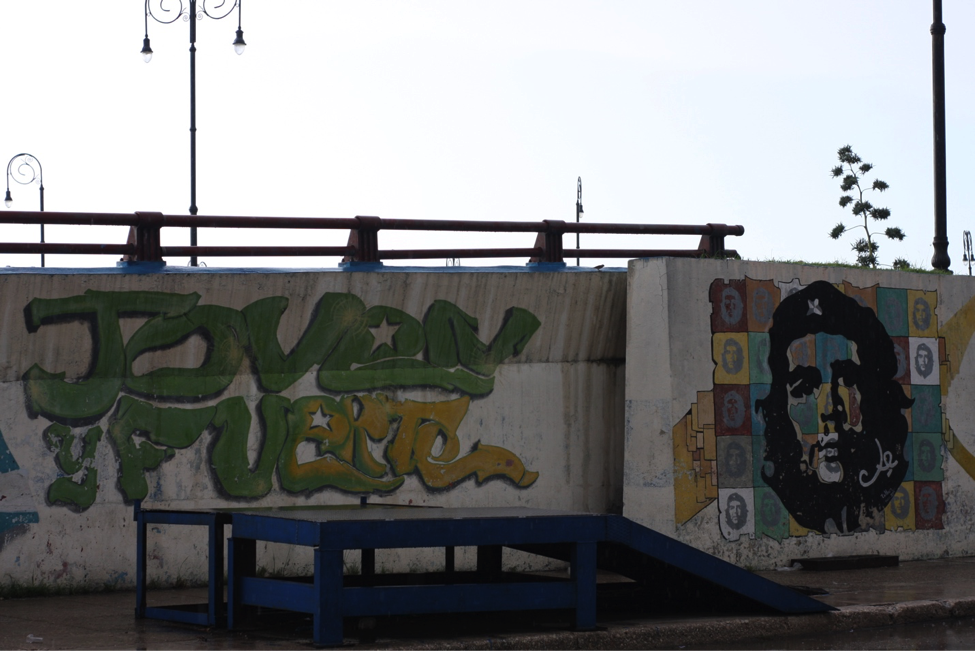Patriotism, rebellion, relics in Cuba
August 2, 2017
After arriving in Cuba, it did not take long to see how the Cubans honor the revolution that occurred over fifty-years ago.
I saw many billboards and murals in and around Havana that praised the uprising efforts of Che Guevara and Fidel Castro. Their faces can be seen painted on the side of buildings or on billboards along many streets and roadways.
While riding in a bus along the Malecón, I saw a mural of Guevara with the words ‘joven y fuerte,’ which translates to English as ‘young and strong.’ However, the most prominent and powerful mural I have seen thus far was one with the words ‘patria o muerte,’ which translates to ‘homeland or death’ in English. This struck me as odd since there seems to be no public defiance against the government in today’s Cuban culture.
Alternatively, while walking through Old Havana, I noticed a small art gallery that had an American patriotic painting of former United States President Barack Obama. While I was taking some photographs of the painting, one of the artists motioned me to come inside.
Inside the gallery, there were several paintings of American musicians like Michael Jackson and Jimmy Hendrix. In the adjacent room, which seemed to be more political in its theme, there was a painting of Obama that I saw from the storefront, accompanied by paintings of Castro.
However, there was one photo of Castro that was much different than any other that I saw since my arrival in Cuba. The painting was called ‘Post Fidel’ and it depicted a large group of several men with Castro’s face.
When I asked the artist what the painting meant, he told me how Fidel created a nation of people who think like him and believe in his ideas. When I asked him if he was a Castro supporter, he shook his head and said no. As we continued to talk, he implied that the painting represented how Cuba must change and be freed of government control. Defiance and rebellion is something that used to define this culture, but has now been lost.







